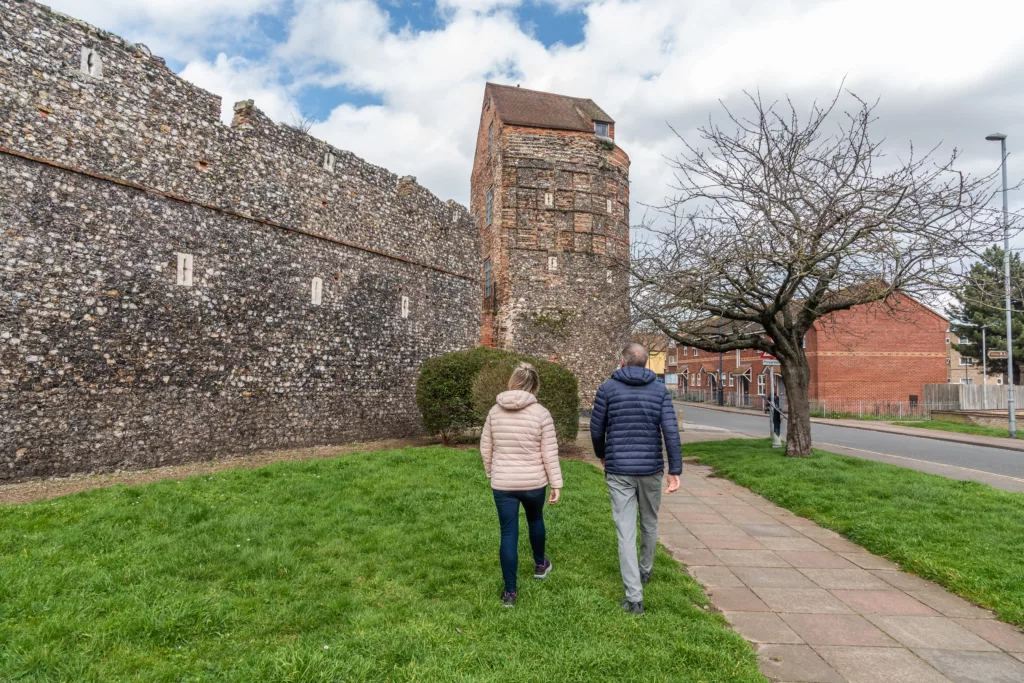The ‘bootiful’ flint as we say in Norfolk is an inescapable feature of the Norfolk landscape, it’s everywhere from pebbles on the beach to the houses, churches and cathedrals. Flint was formed in a warm era of the Earth’s history, which is known as the cretaceous period, around 60 – 100 million years ago. During this period, due to the higher temperatures, the sea level was much higher than its present level and a tropical sea covered most of the Earth’s surface. Flint is a microcrystalline rock made of silica. Its tough but brittle nature means it’s a good material to make hunting tools from, which is exactly what they did. Flint is a very hard mineral not dissimilar to glass and in composition to glass. When worked by a skilled craftsman, very sharp cutting edges can be achieved. The lunar-like landscape Grimes Graves near Thetford is a well-known prehistoric black flint mine site. But that’s another story for another day, today have a look at flint’s other main use, building. Geologically Norfolk does not have a ready supply of stone building material, but it does have plenty of flint. Before brickmaking was common flint, either knapped or unknapped (the word knap comes from the Dutch/German word krappen to crack), was used as a material for building stone walls, using lime mortar, although often mixed with an eclectic mix of other available stone or brick rubble. You can nearly see the mind of these ancient builders working as they place each flint, stone, or piece of rubble carefully in a wall. Where can you see these stony stories, well most everywhere, but perhaps some of the best examples are Burgh Castle, a Roman fort made of flint and brick, or Norwich’s Guildhall, which has some of the best medieval flintwork in existence. Alternatively visit Gt Yarmouth Minster to see flint used in a truly spectacular and ambitious way. No time to ‘knapp’ when is involved.
Build your own itinerary
If you fancy creating your own itinerary for a day trip to Norfolk or a longer visit, it couldn’t be simpler. Just go to Search Activities and select from our wide range of free and paid-for experiences, saving any that capture your imagination with the click of a button.
Once you’ve finished, you’ll find all the information stored in My Favourite, where you can drag and drop activities to create your own day-by-day itinerary! You can download this to a calendar and even share it with friends.


